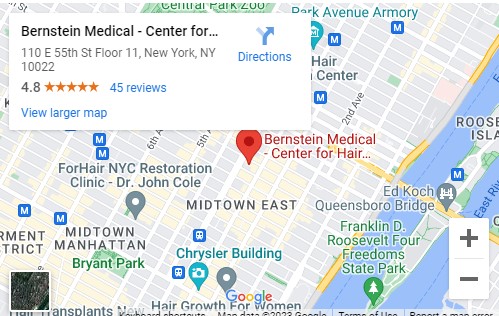Q: I am considering having an FUE procedure and have heard the phrases topping, capping, and tethering as part of the procedure. What do all these terms mean? — C.C., Hell’s Kitchen, N.Y.
A: These are all terms that refer to the types of injury that can occur to grafts during a follicular unit extraction procedure.
In FUE, a sharp instrument (or sharp instrument followed by a blunt one) is used to separate follicular units from the surrounding donor tissue. Forceps are then used to remove the follicular units from the scalp.
Topping occurs in the first step when the doctor accidentally cuts off the top of the graft so that the remainder of the graft cannot be removed.
Capping occurs when the doctor grabs a graft with forceps and the top of the graft (the epidermis and upper dermis) pulls off, leaving the rest of the graft behind.
Tethering occurs when the bottom of the graft is still attached to the deeper tissues after the first step causing the follicular unit to pull apart during extraction.
There are a few other terms used as well.
Shredding occurs when the follicular unit is not totally separated from the surrounding tissue and pulls apart upon extraction. Shredding can also occur when the follicular unit was partially damaged in the first step.
Transection is like topping, but here the mid or lower portion of the hairs in the unit are cut.
Buried grafts occur when the graft is pushed into the sub-cutaneous space rather than extracted. Buried grafts can usually be removed, but if not removed completely, may turn form small cysts.
Visit the Follicular Unit Extraction page.
Posted by





